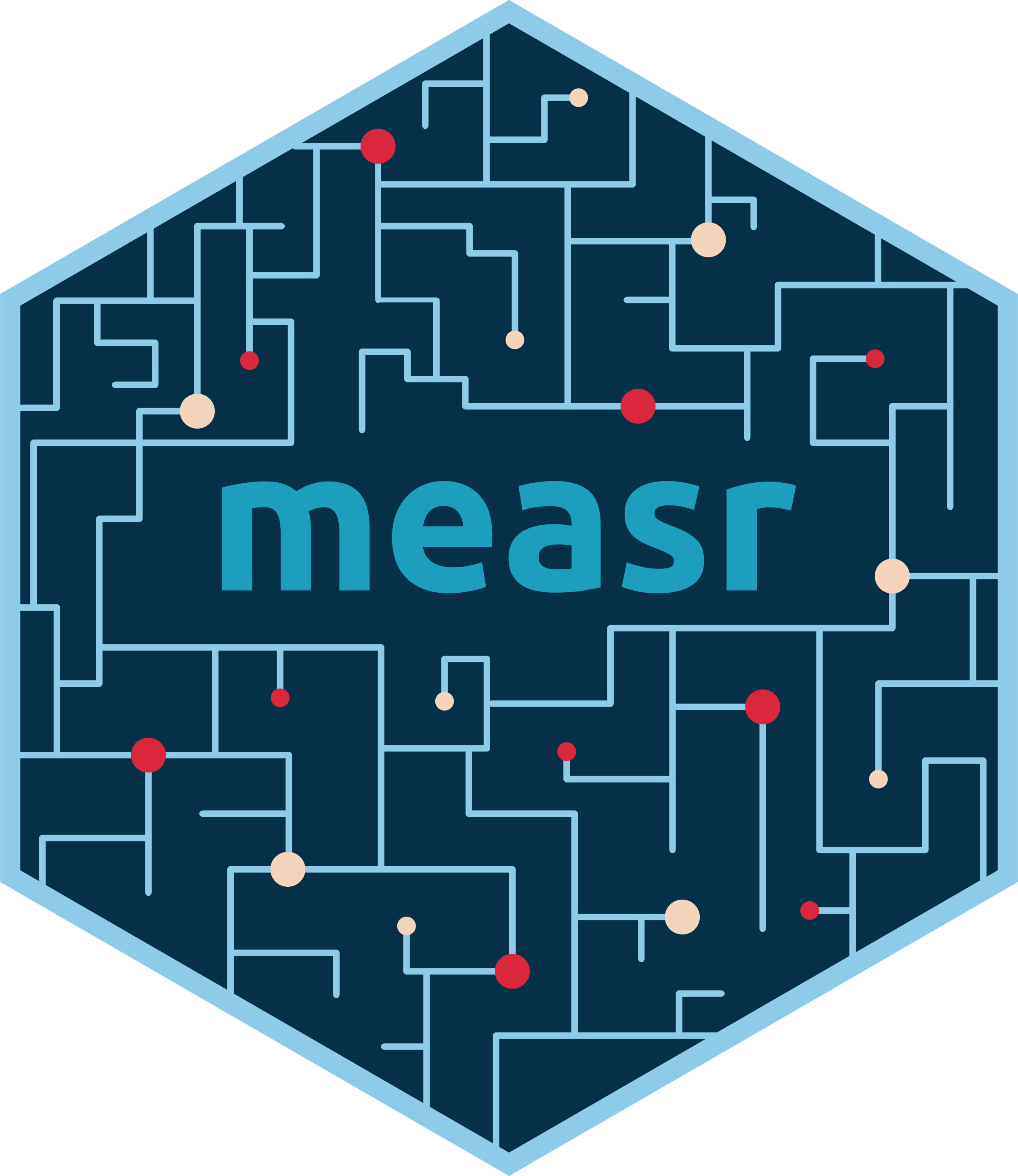
This is data from the grammar section of the ECPE, administered annually by the English Language Institute at the University of Michigan. This data contains responses to 28 questions from 2,922 respondents, which ask respondents to complete a sentence with the correct word. This data set has been used by Templin & Hoffman (2013) and Templin & Bradshaw (2014) for demonstrating the log-linear cognitive diagnosis model (LCDM) and the hierarchical diagnostic classification model (HDCM), respectively.
ecpe_data
ecpe_qmatrixFormat
ecpe_data is a tibble containing ECPE
response data with 2,922 rows and 29 variables.
resp_id: Respondent identifierE1-E28: Dichotomous item responses to the 28 ECPE items
ecpe_qmatrix is a tibble that identifies which
skills are measured by each ECPE item. This section of the ECPE contains 28
items measuring 3 skills. The ecpe_qmatrix correspondingly is made up of
28 rows and 4 variables.
item_id: Item identifier, corresponds toE1-E28inecpe_dataskill1-skill3: Dichotomous indicator for whether or not the skill is measured by each item. A value of1indicates the skill is measured by the item and a value of0indicates the skill is not measured by the item.
Details
The skills correspond to knowledge of:
Morphosyntactic rules
Cohesive rules
Lexical rules
For more details, see Buck & Tatsuoka (1998) and Henson & Templin (2007).
References
Buck, G., & Tatsuoka, K. K. (1998). Application of the rule-space procedure to language testing: Examining attributes of a free response listening test. Language Testing, 15(2) 119-157. https://doi.org/10.1177/026553229801500201
Henson, R., & Templin, J. (2007, April). Large-scale language assessment using cognitive diagnosis models. Paper presented at the Annual meeting of the National Council on Measurement in Education, Chicago, IL.
Templin, J., & Hoffman, L. (2013). Obtaining diagnostic classification model estimates using Mplus. Educational Measurement: Issues and Practice, 32(2), 37-50. https://doi.org/10.1111/emip.12010
Templin, J., & Bradshaw, L. (2014). Hierarchical diagnostic classification models: A family of models for estimating and testing attribute hierarchies. Psychometrika, 79(2), 317-339. https://doi.org/10.1007/s11336-013-9362-0